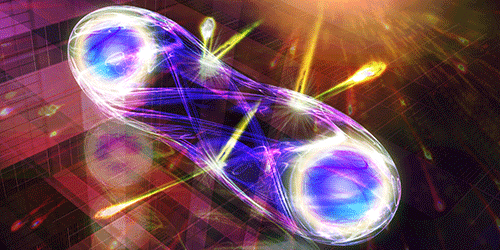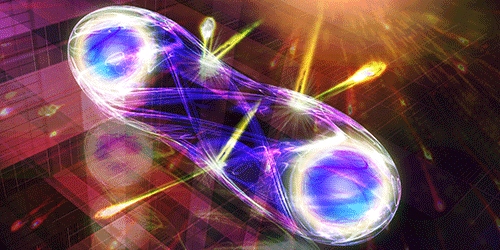Entanglement in Broad Daylight
Quantum technologies are poised to revolutionize information processing and secure communications, but a significant obstacle stands in the way. The problem is that transmitting pairs of entangled photons outside of the laboratory—a requirement for optics-based versions of the technologies—means exposing the photons’ fragile quantum states to environmental noise, wrecking and obscuring the entanglement that the technologies rely on. Now, Sebastian Ecker at the Austrian Academy of Sciences, Vienna, and colleagues have demonstrated two distinct schemes to detect entangled photons in ways that are resilient to such noise. The researchers say that their methods are ready for immediate adoption and should preserve entanglement under much more demanding conditions than those previously tackled.
Entanglement is more robust when it is high dimensional; that is, when it involves properties that can take on more than two values. While some particle properties are unavoidably binary—for example, a particle’s spin can be either up or down—and therefore low dimensional, others are continuous, with their dimensionality depending on how precisely they are measured. In one experiment, Ecker and colleagues created high-dimensional entangled states using photons whose arrival times were discretized into up to 80 finite-sized time bins. In the other experiment, the team achieved high-dimensional entangled states using the photons’ orbital angular momentum to gain multiple sets of mutually unbiased bases, which are different correlations between a pair of particles.
Ecker and colleagues found that their high-dimensional entanglement was so resilient that exposing the setup to ambient laboratory light had no effect; the quantum state of the photons was disrupted only when they turned on extra lamps to add more noise. The researchers say that their result shows that it is now possible to transmit and recover entangled photons through free space in the daylight.
This research is published in Physical Review X.
–Marric Stephens
Marric Stephens is a freelance science writer based in Bristol, UK.





